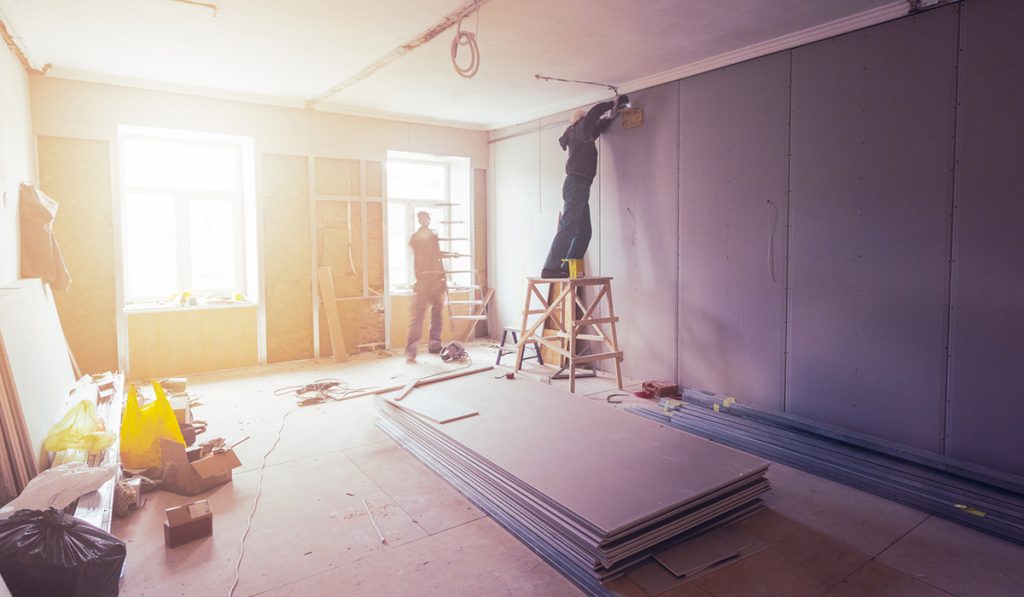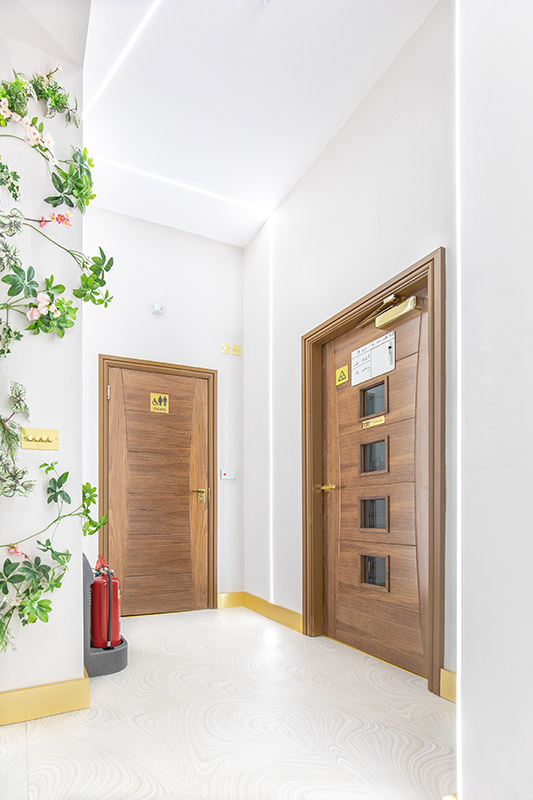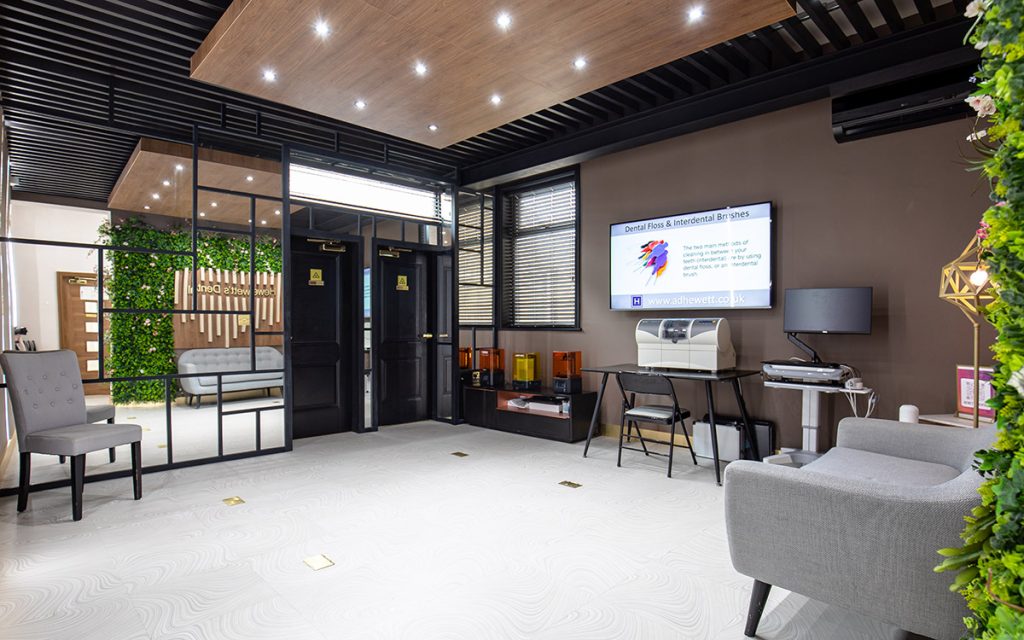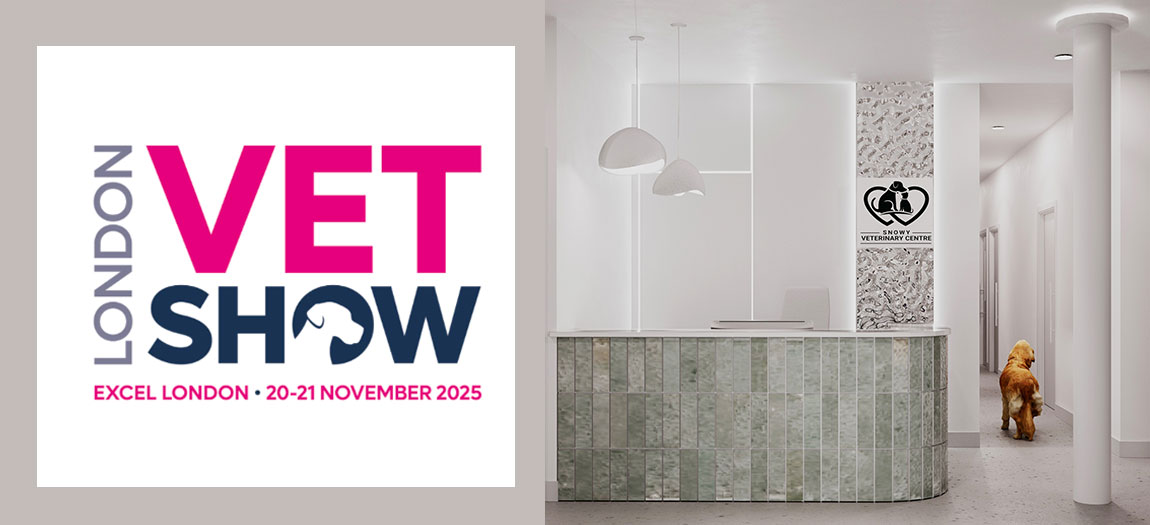For dentists wanting to make this move, there are two clear options: set up a new squat practice or purchase an existing one. Below, we look at the pros and cons of each.
Purchasing an Existing Practice: Pros
Often considered the quicker of the two options, purchasing an existing practice can be appealing if you want to secure a known return on investment.
You will be inheriting an established patient base, ensuring that the appointment books are full from day one. This not only takes the pressure off for the first couple of operational months, but also means that the outlay in marketing will be much less than it would be if you were trying to attract an entirely new set of clients.
With existing staff remaining on at the practice, there won’t be the time and hassle of going through the recruitment process multiple times. Not only do you avoid the often-long hiring process, but the staff already know the practice well and can offer continuity to clients whilst the practice experiences a change of ownership.
All capital equipment will already be in place, saving you spending potentially hundreds of thousands fitting out new surgeries. It’s worth making sure, however, that the capital equipment is in good working order and won’t fail after only a few weeks or months of use. You can check this by having a due diligence report carried out on all large equipment prior to the purchase of the practice.
The practice will have a proven track record in terms of profitability. Prior to purchasing, you’ll have had the opportunity to look at the practice financials in detail which leads to greater certainty about the outcome of your investment.
Purchasing an Existing Practice: Cons
On the flip side, purchasing an existing dental practice tends to limit what you can do in terms of modifying it or making significant changes in terms of space.
The building will already be fully fitted out as a dental practice and therefore you’ll be constrained in terms of how much you can design the dental surgeries and public areas to suit you and the way you work. For example, you may wish to have an CBCT 3D scanner in a dedicated room but there may be no spare rooms for this to be located in.
Equipment for your dental practice is always a significant capital outlay so you’re unlikely to be replacing this all immediately unless it is in a very poor condition. Previous owners most probably won’t have invested in all the latest technology just before selling so it’s something to keep in the forefront of your mind. It’s also important to check if there are any surgeries set up for a left-handed dentist only as this may impact any future plans you have for that particular surgery.
Whilst there won’t be as much work involved in attracting new staff and clients, the fact that these are already in place and have been used to the practice run a certain way for years may mean that they are resistant to change. Implementing new systems may be unwelcome initially and could result in a loss of some of these staff and clients in the short term.

Setting Up a Squat Practice: Pros
One of the key benefits of setting up your own squat dental practice is that it offers unlimited career freedom. You can shape your career as a dentist in the way that you want, whether that’s focusing on a sole field of dentistry or introducing a revolutionary working model, maybe based on another country’s method.
As a dentist and owner, you have uncapped earning potential as opposed to a salaried job that you might previously have had at another practice.
Job satisfaction is becoming more and more important in today’s busy world and setting up and owning your own practice will allow you to increase not only your own but that of your staff through schemes and initiatives. This will also help in attracting and retaining great staff members which all impact the success of the squat practice.
Being in control of the amount of time you spend within the practice is another advantage of setting up and owning your own squat dental practice. Although there will be other, different pressures, stepping back from working as a dentist in your practice every day will allow you to enjoy a better work-life balance.
Setting up a squat practice means you’re involved from the very beginning and can build the work environment of your dreams. You’ll oversee the practice from conceptualisation, all the way through to design and build, and what systems and protocols to implement. This is the ideal chance to make something that works best for you and facilitates you to be the best dentist and owner you can be.



Setting Up a Squat Practice: Cons
Despite the benefits of setting up your own squat practice, there is no denying the hard work that comes along with it. As a practice owner, you’ll need to ‘wear many hats’, not just that of a dentist. At least initially, you’ll be responsible for your staff members, for the financial wellbeing of the practice, and all compliance and safety, as well as many other areas.
There are also likely to be financial pressures early on stemming from overhead and capital costs. It takes time for a new practice to gain momentum and reach full capacity, especially if you are starting with only some surgeries operational.
To ensure that your squat practice is a success, you’ll need to spend time, effort and most likely some money attracting a client base prior to opening. The better your marketing strategy before the practice opens, the quicker it will be for your practice to turn a profit. Starting from scratch in terms of marketing and clients is more difficult than coming into a practice that is already well-established.
The prospect of overseeing and managing the process of setting up a squat practice can be an exceptionally daunting one, especially when your area of expertise is dentistry, not construction! This can be simply solved by working closely with a company like ours, who recognise and mitigate the common pitfalls, and help you figure out the best return on your investment.
As with any business venture, there is a potential for failure and therefore less job security. As the owner, you have to fully consider the risk vs reward of setting up a squat dental practice and what resources you have to ensure the practice succeeds.
In Conclusion: What’s Right For You?
Ultimately, it’s a personal choice whether you’d prefer to purchase an existing practice or set up your own squat practice, and very much depends on what resources you have at your disposal.
It’s generally considered that setting up a squat practice is less costly than buying a well-established and successful existing practice but there tends to be a lot more work involved and the return on investment can take longer to realise.
If you’re considering starting out on either of these two paths, we recommend you take a holistic view of what abilities and means you have available.
To recap, we’ve put together a quick list of the key pros and cons for each
Purchasing an Existing Practice
| Pros | Cons |
|
|
Setting Up a Squat Practice
| Pros | Cons |
|
|
For more information and advice, get in touch with us here



